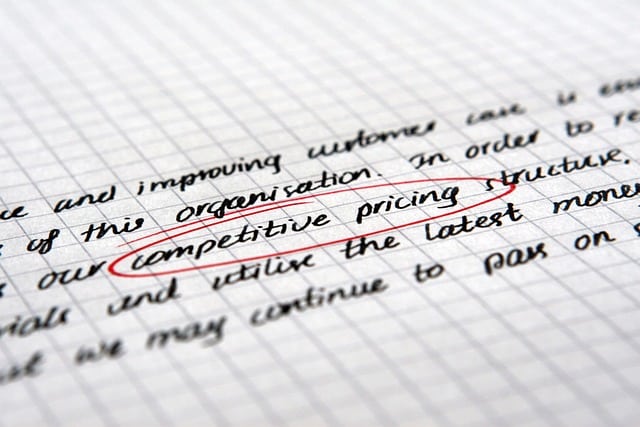In today’s highly competitive business landscape, setting the right price for your products or services can make or break your success. The traditional approach of manually adjusting prices based on market trends and competitor analysis is no longer enough. That’s where automated pricing strategies come into play.
What are Automated Pricing Strategies?
Automated pricing strategies involve using algorithms and software to dynamically adjust prices based on various factors such as market demand, competition, inventory levels, and customer behavior. These strategies leverage real-time data and sophisticated analytics to determine the optimal price point that maximizes profits while remaining competitive.
CPQ Software and Automated Pricing Strategies
Configure, Price, Quote (CPQ) Software is critical to implementing automated pricing strategies. CPQ software is a sales tool designed to help companies produce accurate and highly configured quotes making all the complex product, pricing, and business rules centralized, automatic, and available in real-time.
This means that your sales team, customers, and partners always have access to the right information at the right time and place. Integrating CPQ software with your automated pricing strategies streamlines the pricing process, ensures consistency, reduces errors, and saves time.

By effectively utilizing CPQ software, businesses can enhance their pricing strategies, increasing revenues and improve customer satisfaction.
Benefits of Automated Pricing
- Increased Profitability: These strategies enable businesses to adjust prices in real-time, ensuring maximum profitability. By analyzing market conditions and competitor pricing, these strategies ensure that your products or services are priced optimally to capture the most revenue.
- Enhanced Competitiveness: Staying competitive in today’s fast-paced market requires agility. Automated pricing allows businesses to respond quickly to changes in market dynamics and adjust prices accordingly. This ensures that you remain competitive and maintain your market share.
- Improved Efficiency: Manually adjusting prices can be time-consuming, especially for businesses with many products or a constantly changing inventory. Businesses can streamline operations by automating the pricing process and freeing up valuable resources to focus on other critical areas.
- Precision Pricing: Utilize advanced algorithms and machine learning techniques to analyze vast data. This allows businesses to set prices precisely, considering factors such as demand elasticity, customer segmentation, and product lifecycle stage.

Implementing Automated Pricing Strategies
- Data Gathering: The first step is to gather relevant data. This includes historical sales data, competitor pricing information, market trends, and customer behavior patterns.
- Algorithm Selection: Once the data is collected, businesses need to select the right algorithm or pricing software that aligns with their specific needs. Factors to consider include the complexity of the pricing model, scalability, and integration capabilities with existing systems.
- Testing and Optimization: Testing and optimizing the algorithms is essential before fully deploying automated pricing strategies. This involves conducting simulations and A/B testing to evaluate the impact of different pricing scenarios on revenue and profitability.
- Monitor and Adjust: Continuous monitoring and adjustment are crucial to ensure the effectiveness of automated pricing strategies. Regular analysis of key performance indicators (KPIs) customer feedback, and market trends will help fine-tune the algorithms for optimal results.
Automated strategies have emerged as a game-changer in the world of business. Businesses can optimize their pricing decisions and boost profitability by harnessing the power of real-time data and sophisticated algorithms. Automated pricing strategies require careful planning, data analysis, and continuous optimization.
However, increased profitability, enhanced competitiveness, improved efficiency, and precision pricing make it a worthwhile investment. Stay ahead of the competition by demystifying automated pricing strategies and unlocking the potential of your business revenue.











Leave a Reply